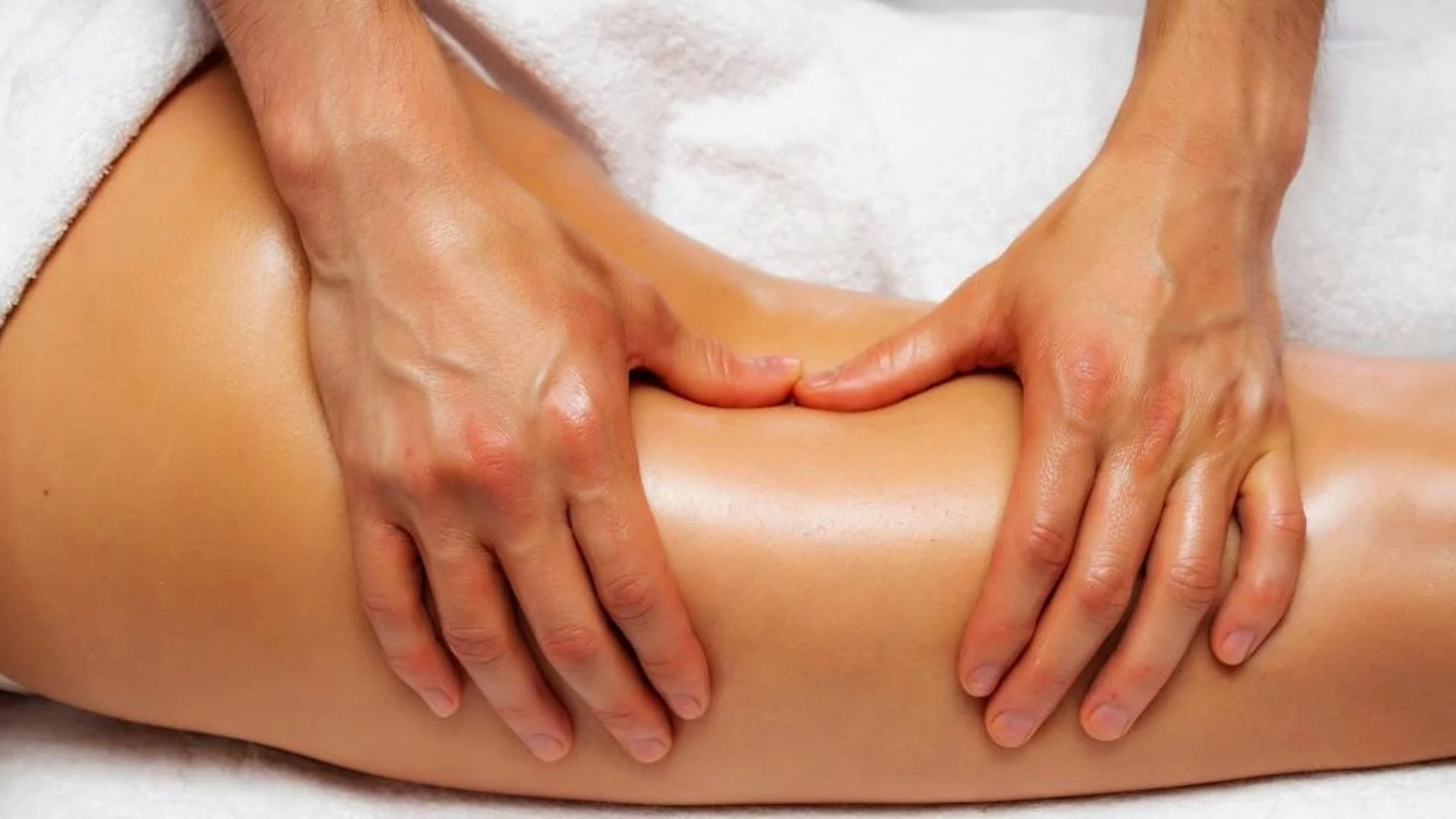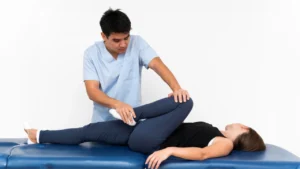What is Lymphatic Drainage for Legs?
Lymphatic drainage for legs is a massage technique that aims to stimulate the lymphatic system, promoting the removal of excess fluid and waste products from the tissues. This can be beneficial for people who experience swelling or edema in their legs, such as those with lymphedema, post-operative swelling, or varicose veins.
Here are some tips for performing lymphatic drainage for legs at home:
1. Start by lying down on a flat surface, such as a yoga mat or bed. Make sure your legs are elevated slightly, either by propping them up with pillows or by resting them against a wall.
2. Begin with gentle strokes on the tops of your feet, using your fingertips to lightly press and massage the skin. Move up towards your ankles, then your calves, and then your thighs.
3. Use circular motions to massage the lymph nodes in your groin area. You can find these nodes by placing your fingers in the crease between your leg and your torso.
4. Use gentle, sweeping strokes to move lymph fluid up toward your heart. This will help to stimulate lymphatic flow and reduce swelling.
5. Continue massaging your legs for 10-15 minutes, or until you feel a sense of relaxation and relief.
6. Drink plenty of water after your lymphatic drainage session to help flush out any toxins and promote lymphatic flow.
Remember to apply gentle pressure and avoid causing any pain or discomfort. If the person experiences any pain or discomfort, stop the massage immediately. It’s also important to drink plenty of water after the massage to help flush out any toxins and promote lymphatic flow.
It’s important to note that lymphatic drainage should not be used as a replacement for medical treatment. If you have a medical condition that is causing swelling or discomfort in your legs, it’s important to consult with a healthcare professional for proper diagnosis and treatment.
Benefits of Lymphatic Drainage Massage
Lymphatic drainage massage is a technique that can have many potential benefits for the body. Here are some of the benefits of lymphatic drainage massage:
Reduces swelling
Lymphatic drainage massage can help reduce swelling caused by lymphedema or other medical conditions. By promoting the movement of lymphatic fluid, this technique can help reduce the buildup of fluid in the tissues.
Supports the immune system
The lymphatic system plays a crucial role in the immune system. By stimulating the lymphatic system, lymphatic drainage massage can help boost immunity and reduce the risk of infection.
Relieves pain and discomfort
Lymphatic drainage massage can help relieve pain and discomfort caused by a variety of conditions, including fibromyalgia, arthritis, and sports injuries.
Promotes relaxation and stress relief
Lymphatic drainage massage can be a relaxing experience, helping to reduce stress and tension in the body.
Aids in detoxification
The lymphatic system helps remove toxins and waste products from the body. By promoting lymphatic flow, lymphatic drainage massage can help support the body’s natural detoxification processes.
Overall, lymphatic drainage massage can be a beneficial technique for improving overall health and well-being. It’s important to note that lymphatic drainage massage should not be used as a substitute for medical treatment, and it’s important to consult with a healthcare professional before starting any new treatments, particularly if you have a medical condition that affects your lymphatic system.
#FAQ: Do physiotherapists do lymphatic massage?
Yes, physiotherapists can perform lymphatic massage as part of their treatment plan for certain medical conditions. In fact, physiotherapists are trained in manual lymphatic drainage (MLD), which is a specialized massage technique that aims to stimulate the lymphatic system, promote lymphatic flow, and reduce swelling.
Physiotherapists may use MLD as part of a comprehensive treatment plan for a variety of conditions, including lymphedema, post-surgical swelling, and sports injuries. The technique can also be used to manage chronic pain, improve immune function, and promote relaxation.
It’s important to note that not all physiotherapists are trained in MLD, so it’s important to ask if they have experience with this technique before scheduling an appointment. Additionally, if you have a medical condition that affects your lymphatic system, it’s important to consult with a healthcare professional before starting any new treatments.




